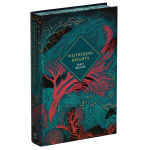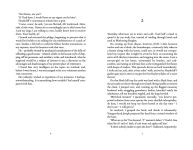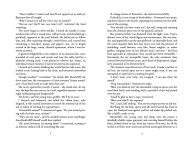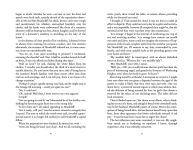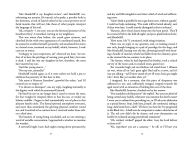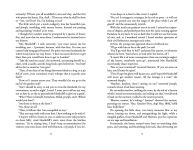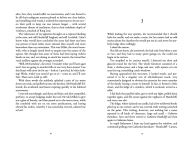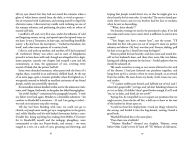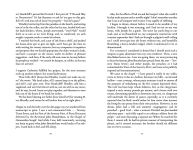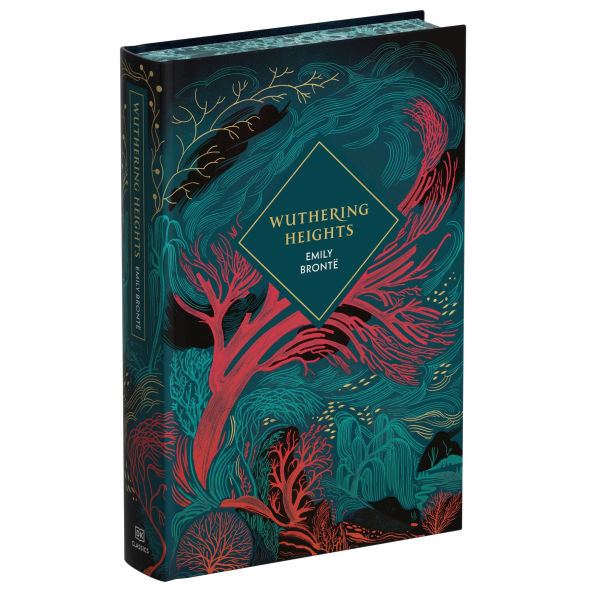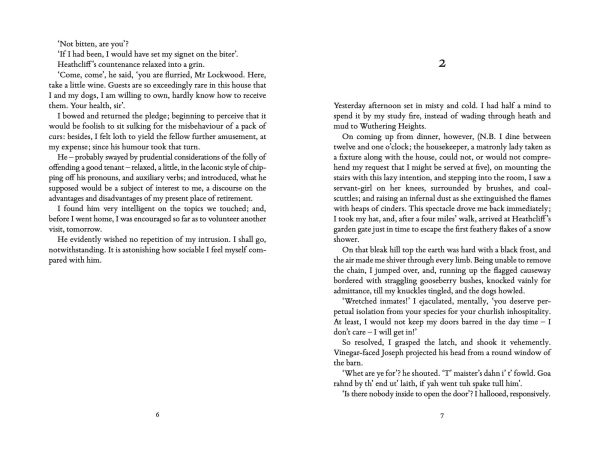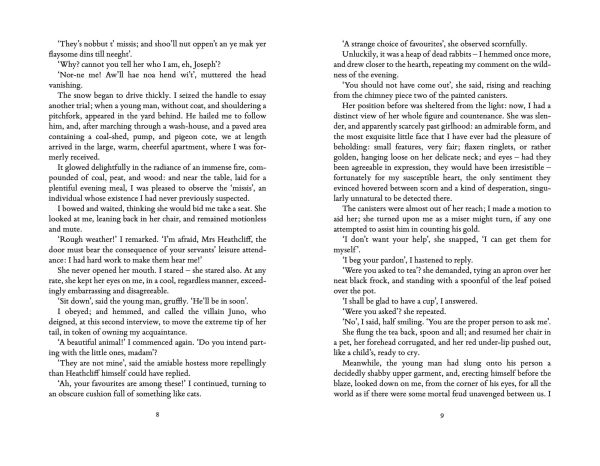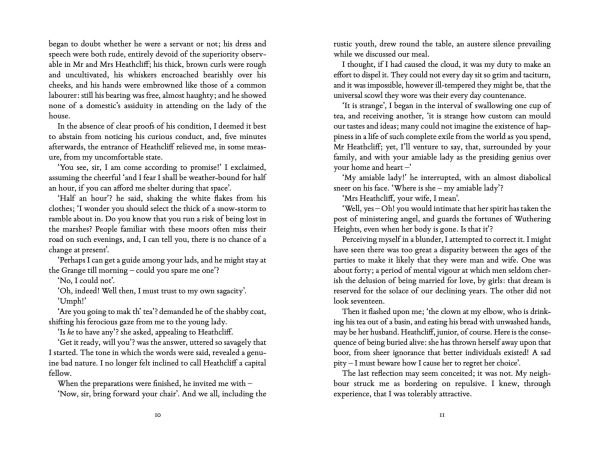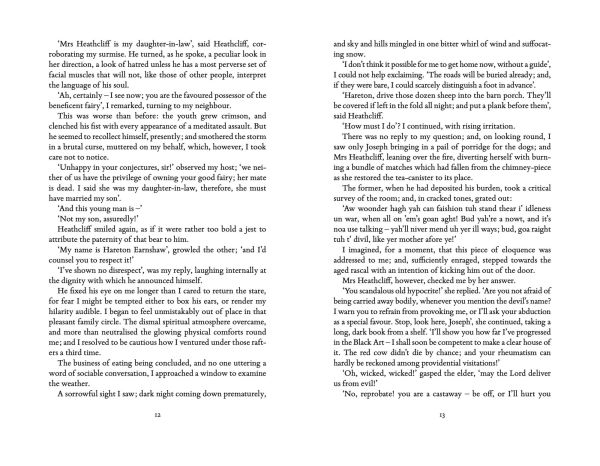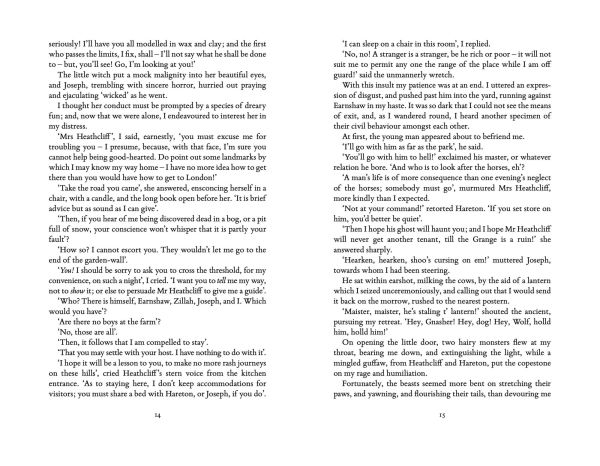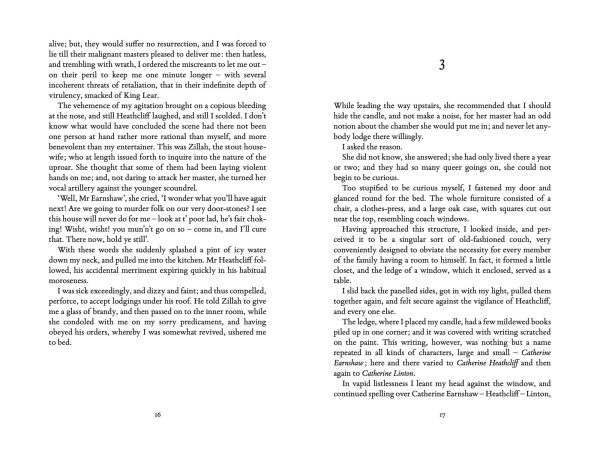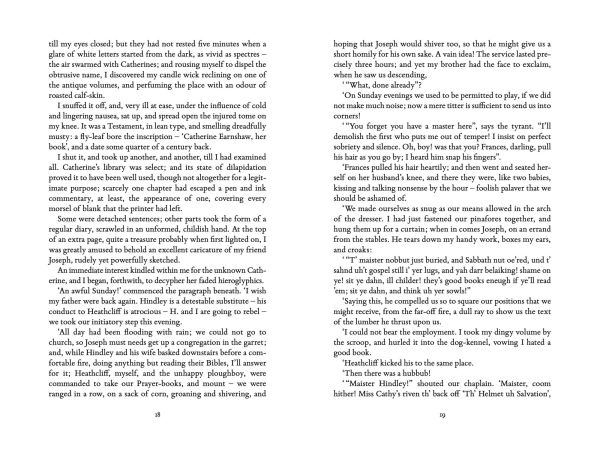Wuthering Heights (DK Classics)
A beautiful deluxe gift edition of Emily Brontë’s extraordinary masterpiece with foiled covers, marbled endpapers, sprayed edges, and a silk ribbon bookmark.
“May you not rest, as long as I am living. You said I killed you - haunt me, then.”
Wuthering Heights is the tale of two families both joined and riven by love and hate. Cathy is a beautiful and wilful young woman torn between her soft-hearted husband and Heathcliff, the passionate and resentful man who has loved her since childhood. The power of their bond creates a maelstrom of cruelty and violence that will leave one of them dead and cast a shadow over the lives of their children.
Originally published in 1847, Emily Brontë's novel remains a stunningly original and shocking exploration of obsessive passion.
This hardback is part of DK CLASSICS, a luxurious series of classic titles, thoughtfully crafted for collectors and fans of beautiful special editions. Each complete, unabridged book features sumptuous design and the highest quality finishes. Discover timeless classics beautifully bound for every bookshelf.
1116668148
“May you not rest, as long as I am living. You said I killed you - haunt me, then.”
Wuthering Heights is the tale of two families both joined and riven by love and hate. Cathy is a beautiful and wilful young woman torn between her soft-hearted husband and Heathcliff, the passionate and resentful man who has loved her since childhood. The power of their bond creates a maelstrom of cruelty and violence that will leave one of them dead and cast a shadow over the lives of their children.
Originally published in 1847, Emily Brontë's novel remains a stunningly original and shocking exploration of obsessive passion.
This hardback is part of DK CLASSICS, a luxurious series of classic titles, thoughtfully crafted for collectors and fans of beautiful special editions. Each complete, unabridged book features sumptuous design and the highest quality finishes. Discover timeless classics beautifully bound for every bookshelf.
Wuthering Heights (DK Classics)
A beautiful deluxe gift edition of Emily Brontë’s extraordinary masterpiece with foiled covers, marbled endpapers, sprayed edges, and a silk ribbon bookmark.
“May you not rest, as long as I am living. You said I killed you - haunt me, then.”
Wuthering Heights is the tale of two families both joined and riven by love and hate. Cathy is a beautiful and wilful young woman torn between her soft-hearted husband and Heathcliff, the passionate and resentful man who has loved her since childhood. The power of their bond creates a maelstrom of cruelty and violence that will leave one of them dead and cast a shadow over the lives of their children.
Originally published in 1847, Emily Brontë's novel remains a stunningly original and shocking exploration of obsessive passion.
This hardback is part of DK CLASSICS, a luxurious series of classic titles, thoughtfully crafted for collectors and fans of beautiful special editions. Each complete, unabridged book features sumptuous design and the highest quality finishes. Discover timeless classics beautifully bound for every bookshelf.
“May you not rest, as long as I am living. You said I killed you - haunt me, then.”
Wuthering Heights is the tale of two families both joined and riven by love and hate. Cathy is a beautiful and wilful young woman torn between her soft-hearted husband and Heathcliff, the passionate and resentful man who has loved her since childhood. The power of their bond creates a maelstrom of cruelty and violence that will leave one of them dead and cast a shadow over the lives of their children.
Originally published in 1847, Emily Brontë's novel remains a stunningly original and shocking exploration of obsessive passion.
This hardback is part of DK CLASSICS, a luxurious series of classic titles, thoughtfully crafted for collectors and fans of beautiful special editions. Each complete, unabridged book features sumptuous design and the highest quality finishes. Discover timeless classics beautifully bound for every bookshelf.
26.0
Pre Order
5
1

Wuthering Heights (DK Classics)
352
Wuthering Heights (DK Classics)
352
26.0
Pre Order

Product Details
| ISBN-13: | 9798217136490 |
|---|---|
| Publisher: | DK |
| Publication date: | 09/02/2025 |
| Series: | DK Classics |
| Pages: | 352 |
| Product dimensions: | 5.37(w) x 8.12(h) x 1.31(d) |
About the Author
What People are Saying About This
From the B&N Reads Blog
